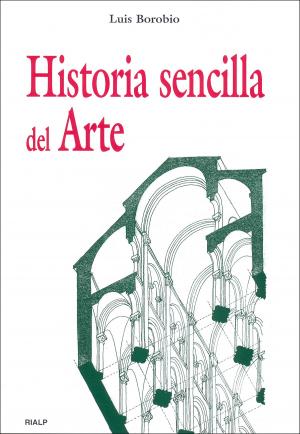| Author: | Donald T. Phillips | ISBN: | 9780982848401 |
| Publisher: | DTP/Companion Books | Publication: | August 14, 2006 |
| Imprint: | Language: | English |
| Author: | Donald T. Phillips |
| ISBN: | 9780982848401 |
| Publisher: | DTP/Companion Books |
| Publication: | August 14, 2006 |
| Imprint: | |
| Language: | English |
Imagine one of history's master artists placing hidden images in his paintings and never telling anyone he did so. Then imagine that no one noticed these hidden images for nearly a century after hes death. Now imagine that a best-selling author has written a truly groundbreaking and endlessly fascinating book documtning those hidden images. The artist is Pierre-August Renoir. The author is Donald T. Phillips. The book is THE HIDDEN RENOIR. Renoir was one of the founders of the Impressionist movement of the late 19th century. Impressionist paintings when viewed close up appear unclear without detail or relief. But when seen from a distance the artist's intentions become more visible. Renoir applied this same concept to many of the 6000 paintings generated over the coruse of his career. In so doing he created within each painting a myriad of hidden images that can only be seen from a distance in varying light conditions and iwth a keen and curious eye. After years of conducting extensive research into the life and art of Pierre-Auguste Renoir Phillips presents two dozen paintings including some of the artist's most famous masterpieces in a vaariety of genres - landscape portrait figure etc. Throughout the book Phillips places each painting in the context of Renoir's personal history and in so doing tells the artist's life story. As Henri Matisse once said of his older friend: "Recorded time holds no nobler story no more heroic no more magnificent achievement than that of Renoir." Why did Renoir include these hidden images in his paintings? He did it to express his feelings and beliefs he did it for fun and he did it because he was an artist. From the Introduction to THE HIDDEN RENOIR: Renoir's simplicity conceals his genius. He made his paintings lovely to view and easy to perceive while at the same time leaving behind hidden elements that must be looked for. These hidden elements are masked by variations in colors variations in how the colors were applied to the canvas in ow they interact and merge together and in how the resulting images look from various distances at different times of the day - in morning afternoon and evening light. To truly apreciate a Renoir painting one must look beyond the artist's simplicity. One must take time to think to search and to probe deeper.
Imagine one of history's master artists placing hidden images in his paintings and never telling anyone he did so. Then imagine that no one noticed these hidden images for nearly a century after hes death. Now imagine that a best-selling author has written a truly groundbreaking and endlessly fascinating book documtning those hidden images. The artist is Pierre-August Renoir. The author is Donald T. Phillips. The book is THE HIDDEN RENOIR. Renoir was one of the founders of the Impressionist movement of the late 19th century. Impressionist paintings when viewed close up appear unclear without detail or relief. But when seen from a distance the artist's intentions become more visible. Renoir applied this same concept to many of the 6000 paintings generated over the coruse of his career. In so doing he created within each painting a myriad of hidden images that can only be seen from a distance in varying light conditions and iwth a keen and curious eye. After years of conducting extensive research into the life and art of Pierre-Auguste Renoir Phillips presents two dozen paintings including some of the artist's most famous masterpieces in a vaariety of genres - landscape portrait figure etc. Throughout the book Phillips places each painting in the context of Renoir's personal history and in so doing tells the artist's life story. As Henri Matisse once said of his older friend: "Recorded time holds no nobler story no more heroic no more magnificent achievement than that of Renoir." Why did Renoir include these hidden images in his paintings? He did it to express his feelings and beliefs he did it for fun and he did it because he was an artist. From the Introduction to THE HIDDEN RENOIR: Renoir's simplicity conceals his genius. He made his paintings lovely to view and easy to perceive while at the same time leaving behind hidden elements that must be looked for. These hidden elements are masked by variations in colors variations in how the colors were applied to the canvas in ow they interact and merge together and in how the resulting images look from various distances at different times of the day - in morning afternoon and evening light. To truly apreciate a Renoir painting one must look beyond the artist's simplicity. One must take time to think to search and to probe deeper.















